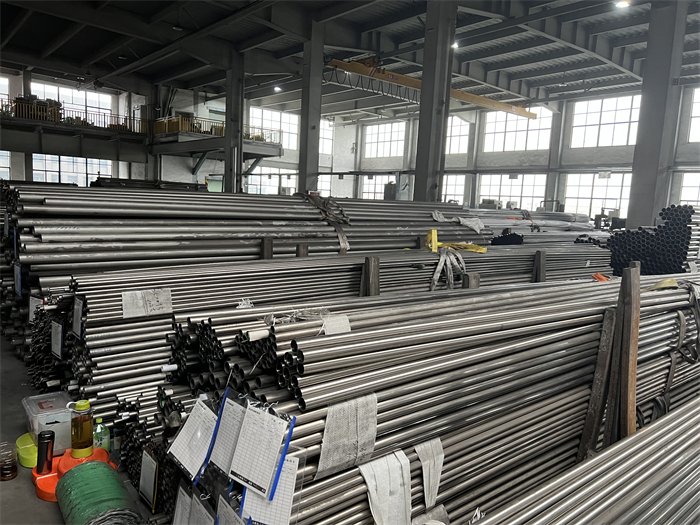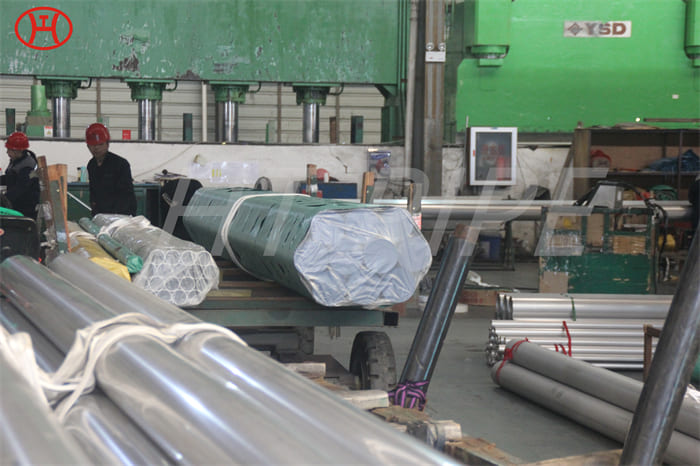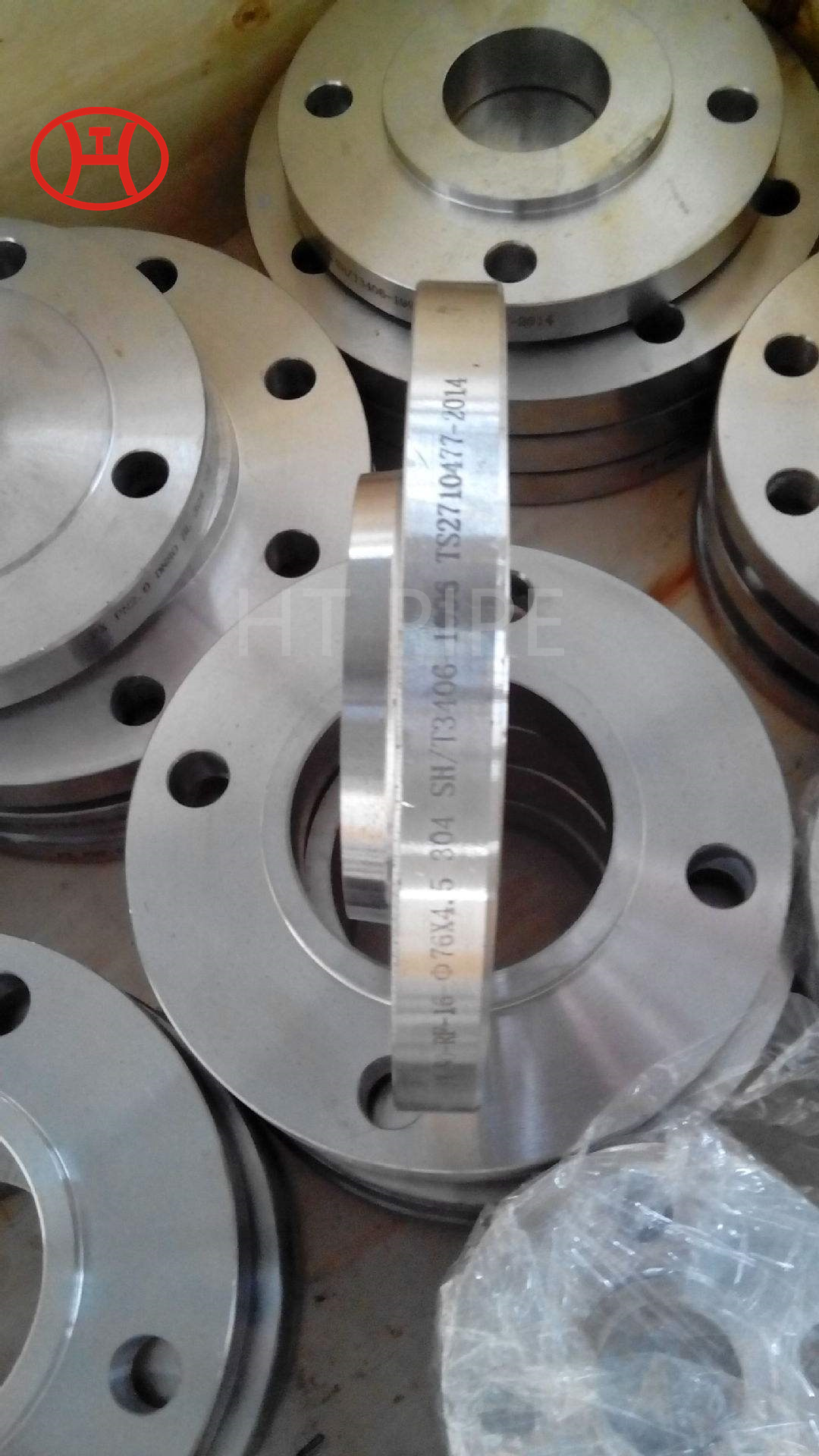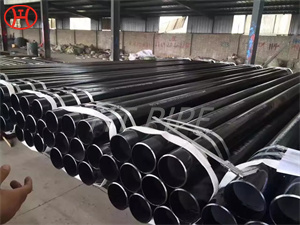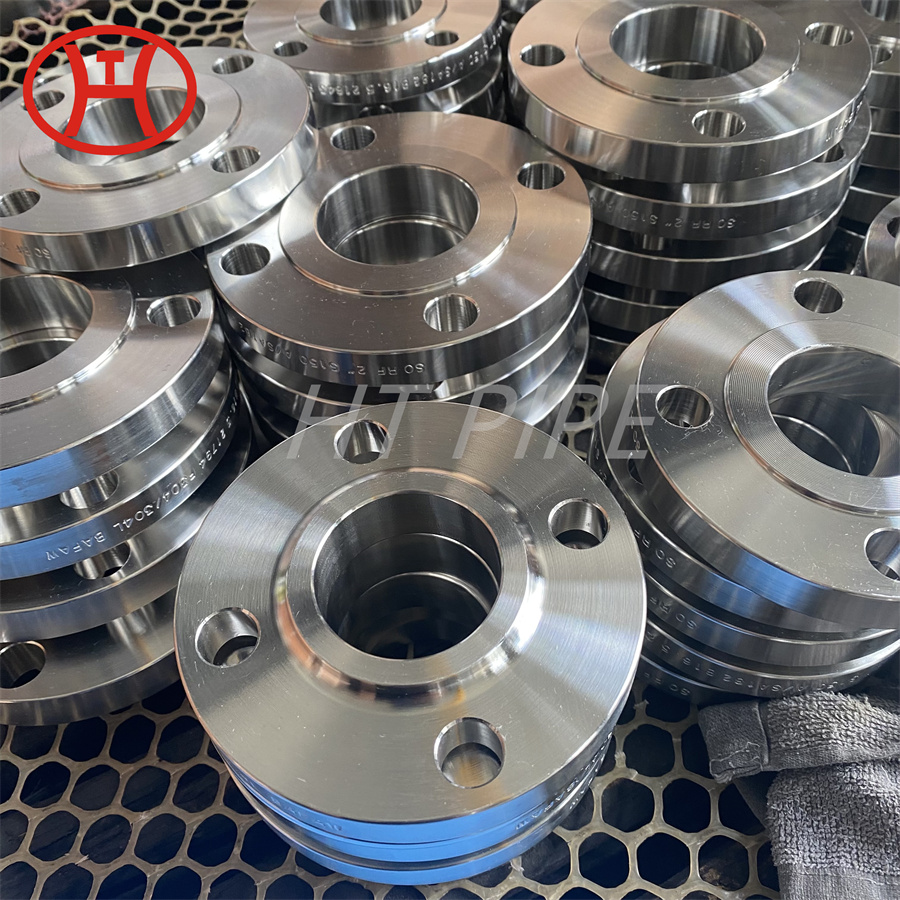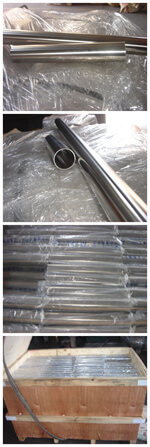Stainless Steel 316 Flanges
Stainless Steel 316 Flanges
Featuring 304 stainless steel for very good corrosion resistance, this GRAINGER APPROVED weld neck flange can be attached to a system via a circumferential weld at the neck. The welded area can be easily examined by radiography. Matched pipe and flange bore reduces turbulence and erosion inside the pipeline. Flange is excellent for use in your critical applications and is ideal for use with air, water, oil, natural gas, and steam.
Stainless Steel 316 Flanges
?Stainless steel flanges connect with pipe and fittings to form a piping system that delivers air, water, natural gas, oil, and steam in plumbing applications and food and dairy processing. Flanges provide easy access for cleaning, inspection, and modification. Flange types including blind, butt weld, lap joint, slip-on, socket weld, and threaded, are available in a variety of sizes and shapes. Stainless steel is durable, resists corrosion from caustic chemicals, corrosive fluids, oils, and gases, and withstands pressure and high temperatures.












































































































